The Dexcom G7 and G6 Continuous Glucose Monitoring (CGM) Systems offer ways for users to always know their glucose numbers and whether they are trending higher or lower. And the best benefit? No fingersticks!
Dexcom sensor systems are for people two years and older with any type of diabetes, including type 1, type 2, or gestational diabetes.
Unfortunately, some folks have trouble finding the right place to insert the sensor on their bodies. Read on if you’re having problems finding a good location for your Dexcom G7 or G6 sensor!
Related reading
- 5 Common Dexcom Errors and How to Fix Them
- Top 11 tips and tricks for Dexcom G7 users using an iPhone and Apple Watch
- The Best Diabetes management apps for your iPhone and Apple Watch this year
- United Health launches its own Level2 continuous glucose monitoring wearable system
- Dexcom G6, A gift for Diabetes Patients
As an Amazon Associate, we earn from qualifying purchases using links in this post.
What is the Dexcom G7 and G6 sensor?

The central idea around the Dexcom sensor is fulfilling the promise of ‘Zero Fingersticks.’ Most Diabetes patients can testify about the discomfort around continuously pricking their fingertips to measure the relevant diabetes readings accurately.
The Dexcom G6 and G7 sensors are FDA-approved and a game-changer, particularly for diabetes patients who need to monitor their glucose levels continuously.
As opposed to regular Blood glucose monitoring, CGM, or continuous glucose monitoring, regularly monitors your glucose number throughout the day with the help of the sensor and the Dexcom Clarity app or receiver.
The Dexcom Sensor package includes a simple auto-applicator that inserts a tiny sensor right beneath the skin.
The sensor and the transmitter continuously monitor your blood glucose levels and wirelessly transmit the information to a display device such as your phone or smartwatch.
Folks with an Apple Watch can also view their Dexcom app number and trending indication arrow as complications on the watch face.
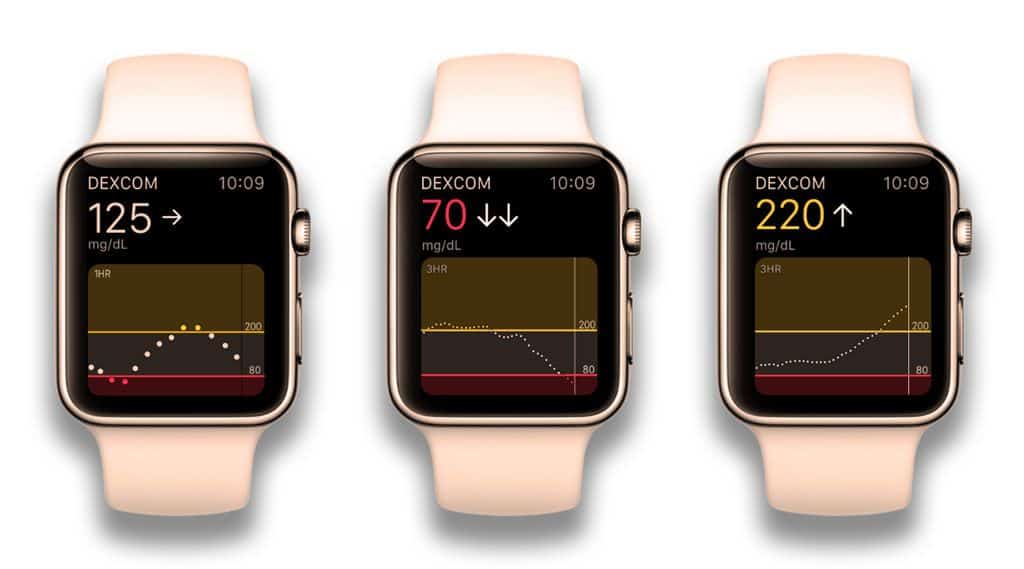
Are the Dexcom sensors waterproof?
The G5/G6/G7 Sensor Pod is water-resistant when the transmitter is installed correctly for up to 2.4 meters.
You can swim, shower, and take a bath with the sensor. When you are in the water, you may not get sensor readings if you are more than 6 meters away from its receiver.
Once you are out of the water, be sure to dry the patch. The patch stays on longer if you keep it dry.
The receiver is not water-resistant or waterproof and can be damaged if moisture gets inside. Water can also severely limit communication range with the sensor, so you never want to prevent communication between the transmitter and display devices.
You must also remember that some skincare products, such as sunscreens and insect repellents, can make the plastic used in your Dexcom sensor crack. So, avoiding skin care products around the area is good.
You can wear the sensor continuously for ten days, and it is water-resistant.
Apart from the sensor placement, the Dexcom app is another thing you will need to get familiar with. Some users experience minor annoyance in setting up their Dexcomm and monitoring their progress.
We have identified the most common Dexcom-related users and provided tips on overcoming these problems. Please check out the article below.
Where should you put the Dexcom G7 sensor?
The G7 sensor’s position differs slightly from previous generations, depending on the user’s age.
- Adults and children age seven years and older: back of the upper arm (in the US) and back of arms and abdomen (Europe and UK.)
- Children age two years to six years: back of the upper arm or upper buttocks.
When applying the sensor to a new site, never use the same sensor site twice in a row.
Where should you put the Dexcom G6 sensor?
As per guidance from Dexcom, for children.
“Just like G5, sensor insertion sites are on the belly (age two years and older) or the upper buttocks (ages 2-17 years). ”
For adults, look for a place on your belly or upper buttocks where you have some padding. (Body fat).
Avoid areas that have scarring, tattoos, bones, or irritation. It is also important to ensure that the area where you attach the G6 sensor does not get pushed, bumped, or add discomfort when sleeping.
Do not place the patch where the skin folds when bending or near the waistband area.
Make sure you change the location where you insert the sensor each time!
It’s okay to try other places on the body!
Ask your healthcare team for alternative locations if you can’t inset the sensor in the recommended area.
Many Dexcom users have tried other body areas to insert the sensor, like the back of the arm or the abdomen.
“We put our son’s G6 in the back of his arm. Not easy for him to mess around with, and it’s out of the way for the most part.”
Placing the sensor on the back of the arm allows you to switch the placement to the other arm when you replace the sensor after ten days. This is especially good for pediatric patients who won’t get their hands on the sensor and try to peel it off or tamper with the adhesive.
Some users who don’t have adequate abdomen fat try attaching the Dexcom G6 sensor to the backside of the arm, and some G7 users successfully use their abdomen.
The G7 is approved for adults to wear on the arm and abdomen in the UK, Europe, and other parts of the world. And the G6 is approved in Europe to wear it on the back of the upper arm.
If you can’t find a good place for the sensor, ask your doctor
As with other medical applications, you must check with your doctor or endocrinologist before establishing the best spot for the Dexcom sensor.
Clean and dry skin is essential before you insert the sensor
- Clean and dry your hands and your insertion site before inserting your sensor.
- Please wash your hands with soap and water, not gel cleaners, and then dry them before opening the sensor package. (If your hands are dirty when you insert the sensor, you may get germs on the insertion site and infection.)
- Clean your insertion site with alcohol wipes to prevent infections.
- Don’t insert the sensor until your skin is completely dry. (If your insertion site is not clean and completely dry, you risk infection or the transmitter holder not sticking well.)
- Avoid any activities that cause profuse sweating until the patch is fully attached to your skin.
If using an extra adhesive like Mastisol or SkinTac, place that additional adhesive under the patch. And take care to avoid the spot where the needle inserts. Let this other adhesive thoroughly dry before inserting the needle.
Depending on weather and other factors, the patch may take 12 hours to dry thoroughly and stick to the skin.
Is the sensor patch peeling off too early before the entire ten days?
First, follow all the instructions to clean and dry the skin.
Although the adhesive quality starts to give away around ten days, Dexcom has some good directions to help you keep the unit on for ten days.
You may also want to explore a popular third-party adhesive support called ‘SKIN GRIP’ available from Amazon.
The G7 is an advancement in Diabetes sensors 
Dexcom and Verily (Google’s life sciences division) launched the G7, featuring a much thinner, less expensive, fully disposable continuous glucose monitor.
The G7 sensor units are significantly smaller, fully disposable, and can be worn for up to 10 days, plus a 12-hour grace period to change sensors for continuous data.
Like the G6, the G7 does not require fingersticks, scanning, or calibration and provides real-time glucose readings that are sent automatically every 5 minutes to your paired phone or receiver.
Key differences between the G7 and G6
- An all-in-one sensor that’s 60% smaller than the G6 with fewer components.
- No sensor code, only a 4-digit pairing code, is provided for each new Dexcom G7 applicator.
- New alert quiet modes let you silence all alerts for up to 6 hours.
- 30-minute sensor warm-up.
- 12-hour grace period to replace finished sensors for a more seamless transition between sessions.
- Dexcom Clarity integration and improved alert settings.
- A smaller, redesigned optional receiver with a brighter, easier-to-read display.
We sometimes use affiliate links in our content from Amazon and others. It doesn’t cost you anything but helps us pay our expenses. Thank you for the support! Last update on 2024-04-17 / Affiliate links / Images from Amazon Product Advertising API

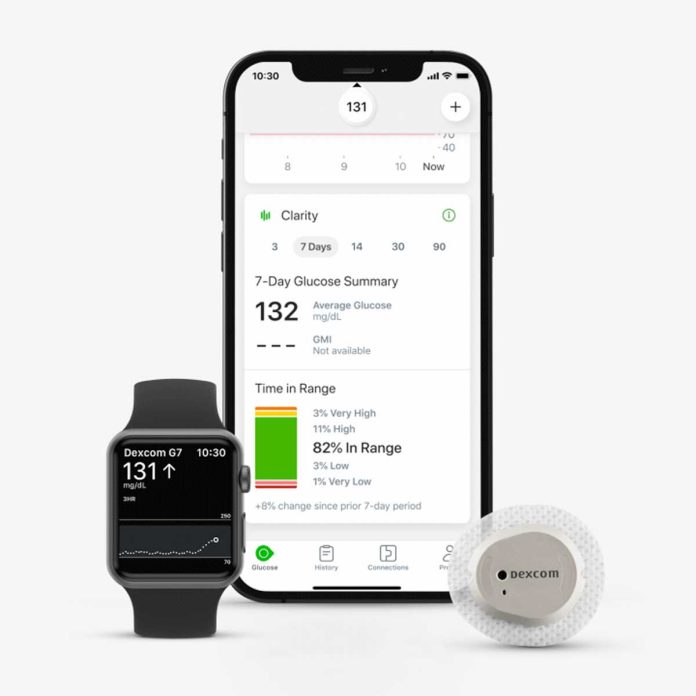

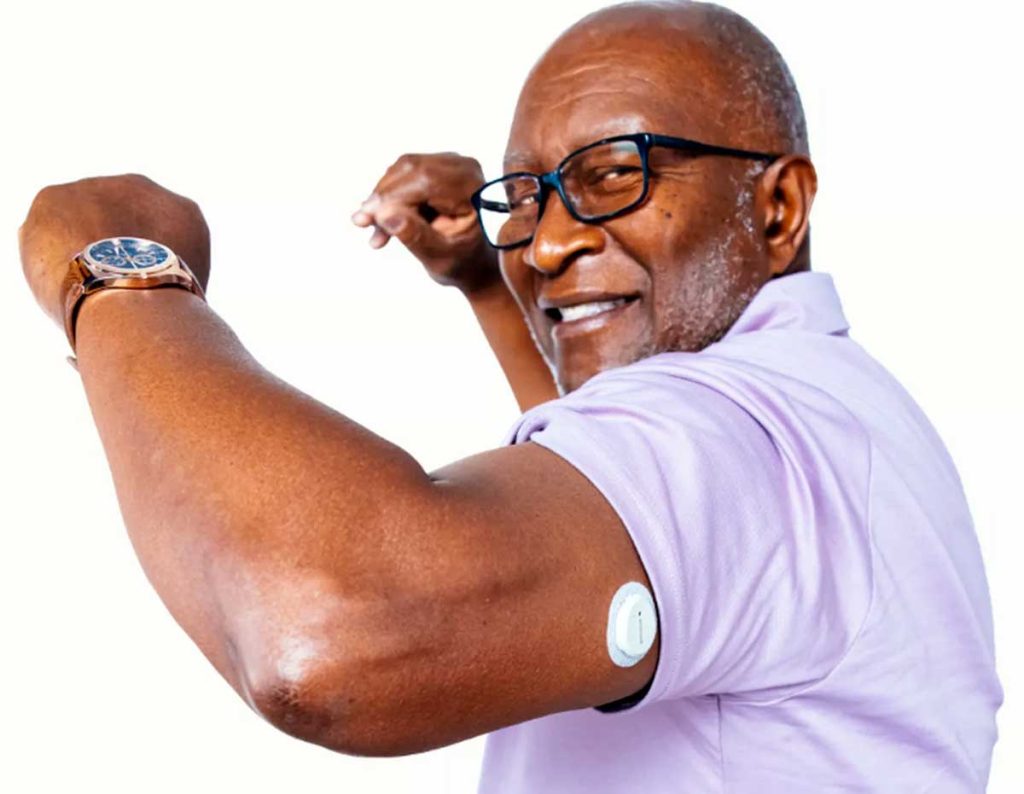
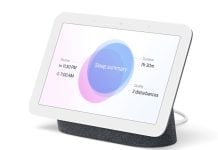
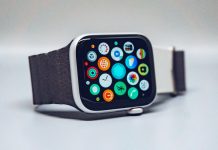
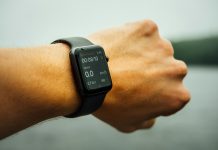



I have recently changed to dexcom 7 the last 3 have stayed on for about 8 days each.
i cannot use the back of my arms so this time i put it on the abdomen we will see how that works… why is the place you use it are only approved in certain states? also my sugar reading are up in the 200 and 300’s it has never ran that high so long before i may have to change to something else. i am type 2. any suggestions??
I just picked up my prescription for G7, and three sensors (1 month supply) were very expensive.
MY portion was $89.00, and now I see that the only two spots I can wear the sensors as an adult are the back of the arms. UGGHHHHH!!!
I told my Doctor that I could NO LONGER do the backs of my arms and needed more site options.
Freestyle Libre is killing the backs of my arms, and HERE I AM with sensors I can’t use for $89.00!!! DAMN! Plus…seeing all the negative reviews, I’m pretty frickin irritated, to say the least.
Hi there,
We are sorry to hear that your Dexcom G7 sensor doesn’t work for you with the traditional arm placement.
Follow up with your doctor regarding placement on the abdomen–the G7 is approved for both the back of arms and the abdomen in the UK and Europe, so that might be an option to discuss with your doctor.
If no other placement option is recommended for the G7, the older G6 can be used on the abdomen.
Good luck, and keep us posted,
Amanda
Yes, I know exactly what youre issues are as I also have them.Freestyle Libre2 is 14 days so I use it instead of high priced Dexcom for 10 days. Been using Freestyle 10yrs and have Scar Tissue on back arms its killing me.A youtube video guy shows inserting it between where chest & arm meet.Will try it soon.
The most mine has stayed on is 4 days, then I’m screwed! Why don’t they make a way to reinsert it? Why not a stiff needle? So frustrated! Super glue? It’s G-7
I’m unsure how this chat or Forum will post this, but if anyone has any advice for me, please share with you think maybe useful.
I have been a T1D for 25 years and 7 months and have had only one hypoglycemic incident where I lost consciousness, and that was shortly after my old doctor retired, and a new one took over and told me that “testing five times per day was too much” and I just needed to test twice per day with a 22-hour gap between tests on some days.
The testing never bothered me.
Since leaving that doctor, I have been back on 5 tests per day unless more are merited.
Today I went to my endocrinologist, and he and the diabetes educator pushed and pushed for me to get a Dexcom G6.
I had been approached before by one of the other endocrinologists at the teaching hospital about getting a CGM, but we had decided because of my profession, a gravestone conservator and stone carver, that my activity level and constant stooping, bending, squatting, and twisting motions might lead to early failures of the adhesive and sending unit.
I find, too, that I will have to spend money on either an iPhone or another model to have compatibility with the sending unit.
My A1C was 6.2, but I do have rare lows that will dip into the upper 30s, but I do not lose consciousness and address them with glucose tabs or a similar amount of carbohydrates.
Anybody have any experience with the Dexcom and heavy or very active physical labor? I live in Texas, and for most of the summer the temperatures are in the mid to upper 90s and even into the 100s for several months on end.
Hi Conservator,
I don’t have experience using Dexcom with such physical daily work activities, but what I can say is that you should be comfortable with how you and your doctor/healthcare team manage your diabetes. Based on your comment that the doc “pushed and pushed,” it sounds like you don’t want to go this route. And that’s fine as long as you have other ways that work and that you are okay with–and it sounds like you do.
I would push back on that new doc and let him/her know you are comfortable with the way you do things now and that you will revisit using a CGM when a unit comes out that doesn’t have the same failure risks due to your level of activity (and that Texas weather!)
Remember, the ultimate say in your healthcare is you!
Good luck and thanks for the comment,
Amanda
My first one lasted one day. I went swimming never went under and I noticed it was flopping around on back of arm so I pulled it off.
Second one lasted maybe a week with me doing everything I could to keep it on.
Love the info but not worth the trouble.
Also, I took apart applicator. Now there is a needle on sensor that goes in skin. But I took the applicator apart there is another bigger needle in applicator.
With what I can find out, it maybe what inserts reader sensor. I don’t know but nothing came out with sensor was a little needle. Can’t find anything else.
I also am getting false readings w/g6, been using it for three years and never had a problem till recently.
This morning it went from very high, to 377 I changed the sensor 5 days early this morning and ND, during the countdown got a very low reading,40 and the countdown disappeared, and am getting readings on the monitor and phone.
Not much sleep last night with all of the high alerts. Finally, it seems to be back to normal, but no countdown.
Yes I’m having all the same problems with my Dexcom 6 I hope they fix these issues,, I have called many times and to get replacements hope Dexcom 7 is better
Dear One pissed off… there are certainly a lot of variables in using insulin pumps and cgm devices.
I have used an insulin pump since 1985. Most have worked for me very well. As far as cgm devices… I am currently using Dexcom g6, but they are getting less and less reliable.
Even Dexcom will tell you, if you are ever in doubt, to do a fingerstick. That is excellent advice because there are fewer “errors” with fingersticks.
I usually document both values, what the Dexcom tells me, and the fingerstick at the same point in time.
It can help your doctor evaluate the situation better for you. I was diagnosed just before my teen years, and doing injections, I’m amazed that I am still alive sometimes, but now I manage my diabetes very tightly, some would say excessively, but next year I will be in my seventh decade, so persistence is key.
Don’t give up. I hope you can get your son’s situation resolved and improved.
Diabetes care is not particularly fun, but there are a lot of worse conditions out there. Best wishes to you.
My 6-year-old son was diagnosed with Type 1 on 9/11/2018.
We were approved for the tandem pump and sensor around age 3. The first year was great it offered a simplistic life and gave accurate readings.
The past year off and on; more specifically, the last 3 months, have been hell.
My son’s tandem pump with a G6 sensor reads LOW, but the finger poke reads 256mgdl. I calibrate continuously and still inaccurate readings.
My son’s school has called me several times throughout the day wanting to know what’s wrong with the pump; why it is not working properly.
I never have an answer for them. except that it fails and is faulty sometimes.
My son’s tandem pump has malfunctioned 3 times within the last month; in the middle of the night alerts and beeps sound and keep me woke every 30 mins.
I send the pump data to our Endocrinologist, and they blame me for the lows during the night.
It’s just a faulty product. It works when it works and when it doesn’t, it drives me absolutely insane.
All I want to do is keep my son healthy and strong. Tandem refers me to call Dexcom and all Dexcom does is send out a replacement. and the cycle repeats itself.
My son went into DKA and was rushed to the hospital ER for observation.
One time his meter said LOW, beeping like crazy. I tested with Onetouch, and his BG was 477mgdl.
Thank God I have the reliable One Touch otherwise, I could have given my son more simple carbs to bring up an incorrect BG reading.
This is really dangerous, and it really sucks that the Medicine and Pharmacy industry can get away with pretty much killing our T1D warriors.
As I said, when it works it works. but when it doesn’t work, my blood boils. UGGGGGHHHHH, I’m so frustrated.
Then I have to wait on hold for almost two hours just to troubleshoot, only to have a new sensor sent out. Isn’t it possible that the pump can malfunction; it is not meant to last forever.
This is my son’s life we’re talking about, and I am so so so incredibly disappointed with Dexcom and Tandem.
I a so sorry to hear that your young son has to go through such an ordeal with his blood glucose monitoring. That is very scary.
I am having the same issue. Last 2 sensors have failed. Spoke to customer service tech support and sending another sensor. Getting crazy readings from sensor. As much as 70 difference.
Rather scary to depend on it.
My last 90 day supply I had 2 sensors that failed within the first 5 days,also my current 90 days supply from Byram labs was not sent even though I have approval from my insurance company until the end of this year. I have been without dexcom supplies for at least 2 weeks I just received email they have been shipped.
In the last three months have experienced constant errors when changing my sensor.
When changing the sensor, it most times has failed and must use 3 or 4 until one succeeds.
Just recently I was sent 5 or 6 expired sensors.
Also awakened in the am coughing and hearing gurgling noises from my chest, called an ambulance. when onboard and taking vitals I told them I am a type 1 and showed my Dexcom which read 127.
On arrival to ER, sugar was 465 was experiencing DKA. I was sent to ICU for 2 days.
The last night Dexcom kept signaling 40 when finger stick was 89.
What is wrong with this product now is constantly lost signals constant calibrating and constant errors when changing sensors.
When I first started Dexcom it was great now I am afraid of my survival with its product.
Had a customer support person from Dexcom called, asking about the incident with DKA she told me to look for a different product.
I cannot be the only person using Dexcom and experiencing all these LIFE-THREATENING INCIDENTS.
Hi Nancy,
Oh, that sounds like an awful experience. We’re sorry to hear that the Dexcom isn’t working for you.
Moving forward, it’s important to speak with your doctor and let them know the problems you’ve had with Dexcom. They will likely have recommendations for other products for you to help manage your type 1 diabetes.
I had a lot of trouble with the G6 being inaccurate. I learned to never treat unless I did a finger stick first. It shouldn’t be on the market. Now I have G7 and love it. I do not have to calibrate it constantly like the g6. I would go with the G7 if you are eligible
Can’t wait to see what the G7 is like.
I like the G6 just fine, but trying to find out if placing it on the arm in the US is a yes or no is hard.
I see it’s a yes for Canada but I’m still not clear of the usage on the arm in the US.
Also, as someone pointed out, it does go offline often, the signal drops quite a bit, but I’m managing it.
I just go old-fashioned and prick my finger.
The receivers are a redundant nuisance especially for men who have limited pocket space. Why get it when you can receive the signal on your phone or watch
And either the pump or the receiver gets the signal but not both. And you can’t switch back and forth between the two or it will shut down. And you’ll have to use another sensor.
Other than that it’s handy to have because you can monitor you glucose easily without having to carry a supply of finger stickers and a separate glucose monitor.
My mom was just diagnosed with Type 1 diabetes, and she doesn’t know what to expect and wants to be more prepared for what changes she needs to make.
Getting the right supplies from a professional like adhesive tape could be really useful and keep her senor attached.
I’ll be sure to tell her about how it can show up on her Apple watch and make sure that the skin is dry before applying it.